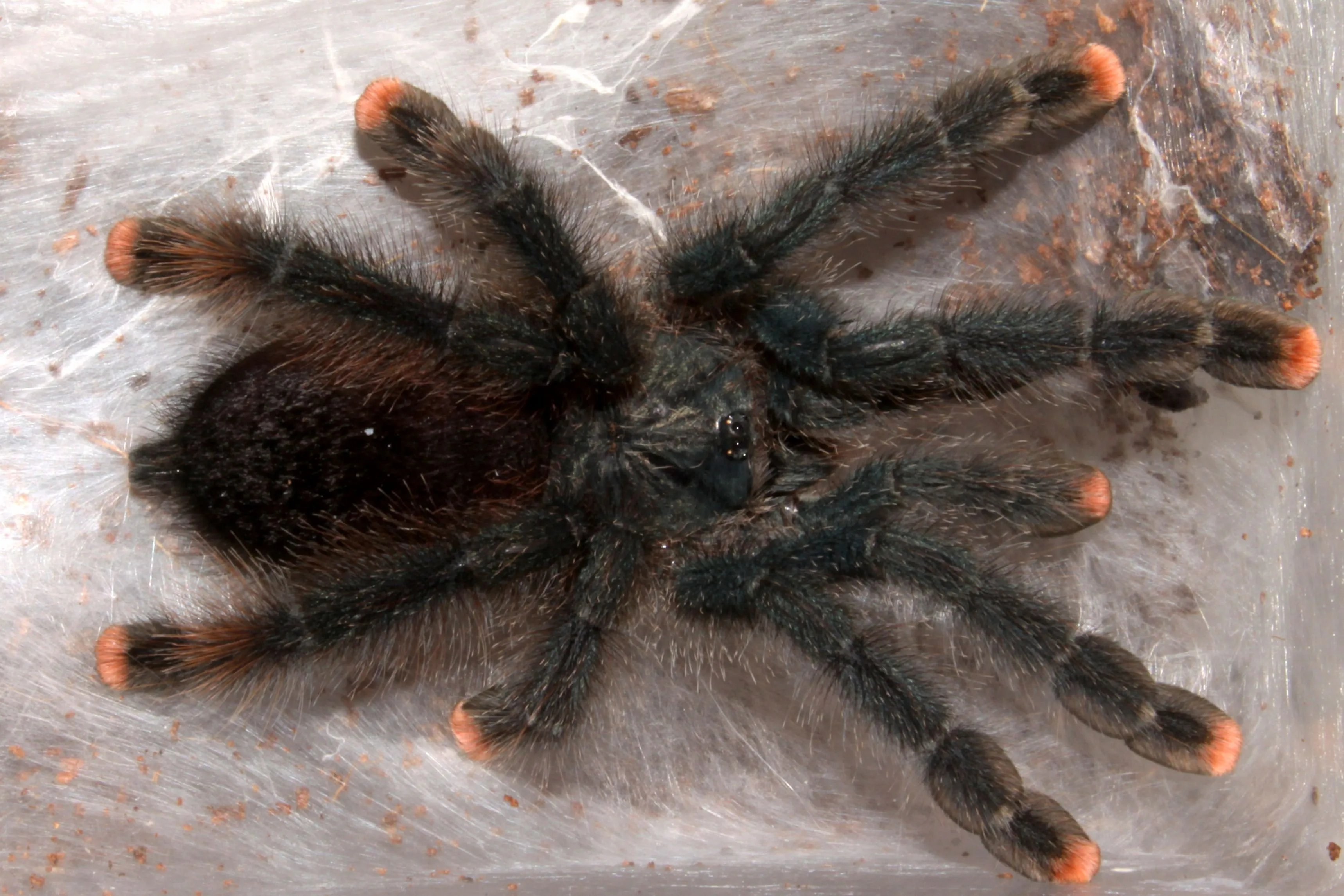What Makes a Tarantula Affectionate?
The concept of an “affectionate” pet tarantula might seem unusual, given their solitary nature. However, understanding their behavior and how they interact with their environment and keepers can shed light on this intriguing topic. While tarantulas don’t display affection in the same way as mammals, certain behaviors suggest a level of comfort and trust. These behaviors are often subtle and can be influenced by a variety of factors, including the species of tarantula, its environment, and the care it receives. Understanding these factors is crucial for anyone considering keeping a tarantula as a pet. It allows for a more realistic and rewarding experience, fostering a better understanding of these fascinating creatures.
Understanding Tarantula Behavior
Tarantulas are primarily driven by instinct, with survival and reproduction at the forefront of their behavior. They are naturally predisposed to avoid perceived threats and conserve energy. Observing their movements, feeding habits, and reactions to stimuli can provide valuable insights into their well-being. A healthy tarantula will typically exhibit a consistent feeding response, a regular molting cycle, and an alert posture. Any significant changes in these behaviors can indicate stress or illness. Furthermore, understanding the nuances of their behavior can help owners appreciate their pet’s personality and build a bond based on trust and respect.
Factors Influencing Tarantula Affection
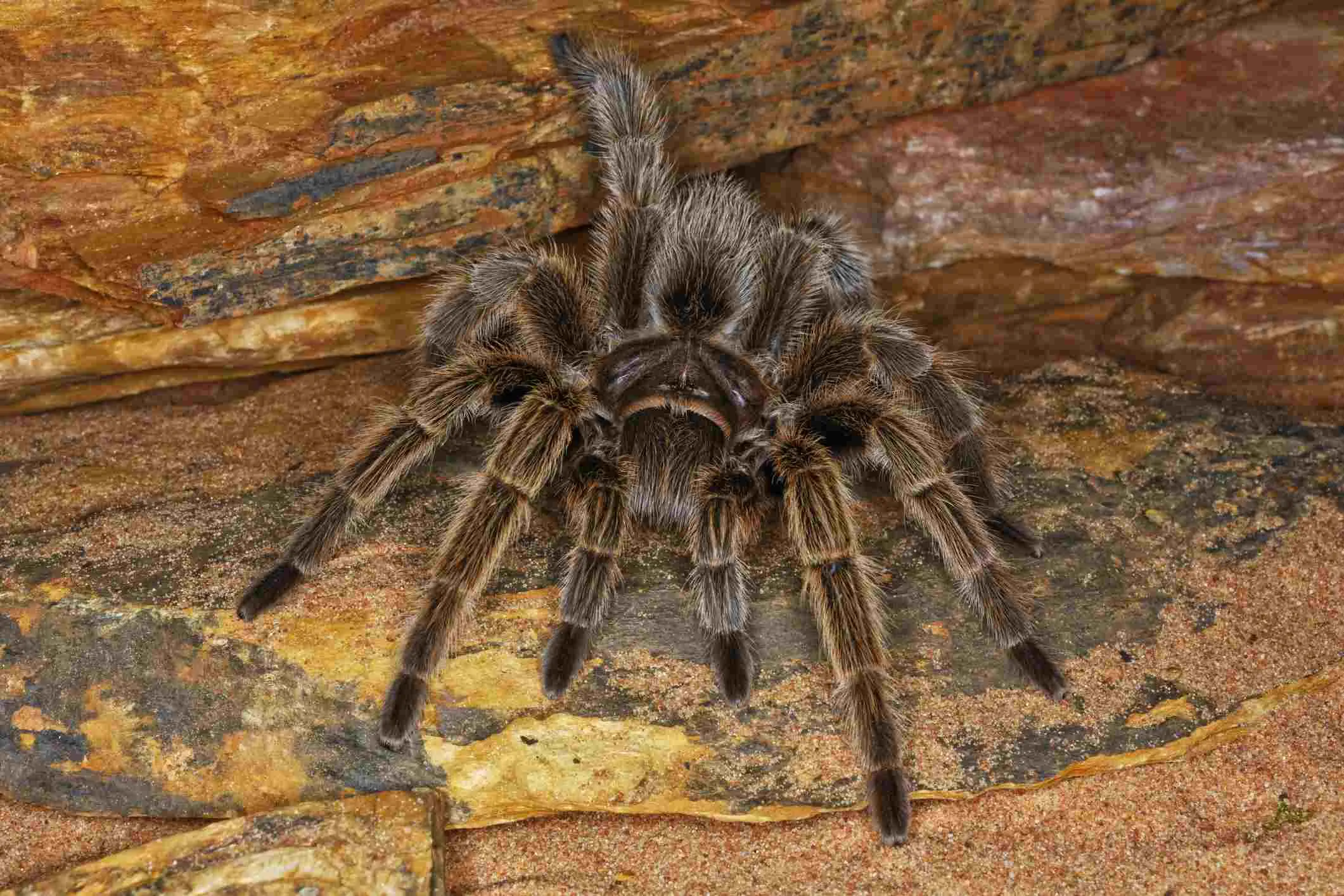
Several elements contribute to how a tarantula interacts with its environment, and by extension, its owner. A properly set up habitat provides a secure and comfortable environment. Regular, gentle interaction, such as feeding and subtle environmental changes can help them feel safe. The owner’s approach, ensuring slow movements and avoiding sudden actions, is critical for the tarantula’s perception of safety. A calm and consistent routine is highly beneficial for tarantula well-being. A well-cared-for tarantula is more likely to exhibit behaviors that suggest a degree of comfort and trust, sometimes appearing more “affectionate” in its interactions with its owner.
Top 7 Facts About Affectionate Pet Tarantulas
Fact 1 Do Tarantulas Recognize Their Owners?
While tarantulas don’t possess the same cognitive abilities as mammals, they can differentiate between familiar and unfamiliar stimuli. They likely recognize patterns, scents, and vibrations associated with their owners. Although they won’t necessarily greet you, a tarantula accustomed to your care may show less defensive behavior when you approach compared to an unfamiliar person. This recognition is primarily based on sensory cues like the owner’s voice, the scent of the hands, and the overall environment they have become used to.
Fact 2 The Role of Feeding in Building Trust

Feeding time can be a crucial aspect in building trust with your tarantula. A tarantula that associates you with food is less likely to perceive you as a threat. Offering food regularly, without causing stress, can help the tarantula to associate you with positive experiences. This trust can manifest in the tarantula’s willingness to come out of hiding or to move around the enclosure more freely when you are present. However, it is crucial to avoid overfeeding and maintaining a balanced diet to keep the tarantula healthy and promote its natural behaviors.
Fact 3 Handling and Affectionate Tarantulas
Handling a tarantula is not generally recommended, and it is essential to prioritize the tarantula’s well-being. Some tarantulas may tolerate gentle handling, but it is not a sign of affection. Rather, it may be the result of the tarantula being calm. Frequent handling can also lead to stress and potential injury to the tarantula. If handling is necessary, it should be done with extreme care, using a soft brush or guiding them into a container. The well-being of the tarantula should always come first.
Fact 4 Signs of a Happy Tarantula
A happy tarantula exhibits certain behaviors that indicate its well-being. These include a healthy appetite, a regular molting cycle, and an active exploration of its enclosure. The tarantula should display a confident posture, not constantly hiding or appearing defensive. Furthermore, a healthy tarantula will readily eat its prey. If you observe any changes in these behaviors, consult a veterinarian or experienced arachnid keeper. A happy tarantula also signifies a well-maintained environment and consistent care.
Fact 5 Tarantula Species Known for Affection
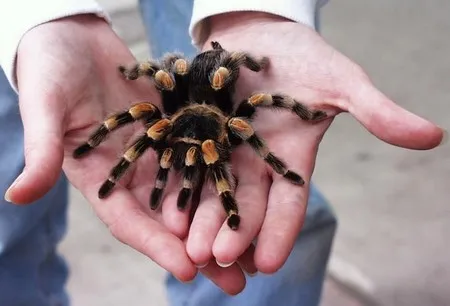
Certain tarantula species are known for being more docile and tolerant of their keepers. For instance, some New World tarantulas, such as the Chilean Rose Hair, are often considered to be more relaxed and are known for their gentle disposition. However, it’s important to remember that individual personalities vary. Researching the specific species and their care requirements is always critical. Furthermore, the temperament can change depending on the individual tarantula’s origin and environment.
Fact 6 The Importance of Habitat
The habitat is crucial for the overall well-being of the pet tarantula. The enclosure should mimic the tarantula’s natural environment. It should be appropriately sized, with the right substrate, temperature, and humidity levels. Providing hiding places, such as cork bark or artificial plants, allows the tarantula to feel safe and secure. A well-maintained habitat minimizes stress and allows the tarantula to exhibit its natural behaviors. Furthermore, the habitat plays a vital role in promoting the tarantula’s overall health, including its ability to molt successfully.
Fact 7 Long-Term Care and Affection
Long-term care is essential for the tarantula’s well-being. This includes regular cleaning, appropriate feeding, and consistent monitoring of the enclosure’s environmental conditions. Developing a routine and providing a stable environment can contribute to a tarantula’s comfort and familiarity with its surroundings. Over time, consistent care can build a bond of sorts, marked by the tarantula’s tolerance or lack of defensive behavior when you are present. However, the bond with a tarantula is based on trust and respect rather than conventional affection.
Tips for Caring for an Affectionate Pet Tarantula
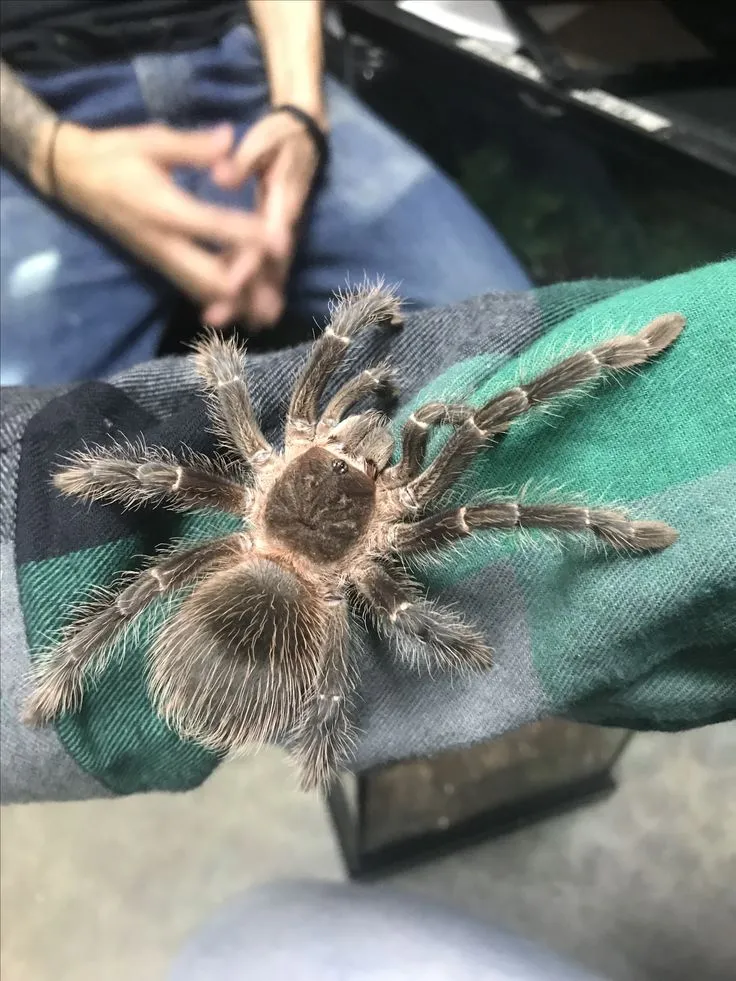
Creating the Right Habitat
The habitat is very important to build a healthy and safe environment. Choose an enclosure appropriate for the tarantula’s species and size. The enclosure should include a substrate suitable for burrowing. Provide hiding places, such as cork bark or artificial plants. Maintain the correct temperature and humidity levels. A well-designed habitat allows the tarantula to feel secure and thrive, allowing the owner to have an experience that is both rewarding and responsible. Make sure to regularly check the habitat conditions.
Feeding and Interaction
Offer a varied diet of appropriately sized insects, such as crickets or roaches, according to your tarantula’s needs. The feeding schedule should be consistent, and avoid overfeeding, which can be harmful. Interact with the tarantula gently. Avoid sudden movements or loud noises. If handling is necessary, do so with extreme care, and be aware of your tarantula’s defensive behaviors. These practices help to build a relationship based on trust. Furthermore, be consistent in your actions to avoid stressing the tarantula.
Health and Well-being
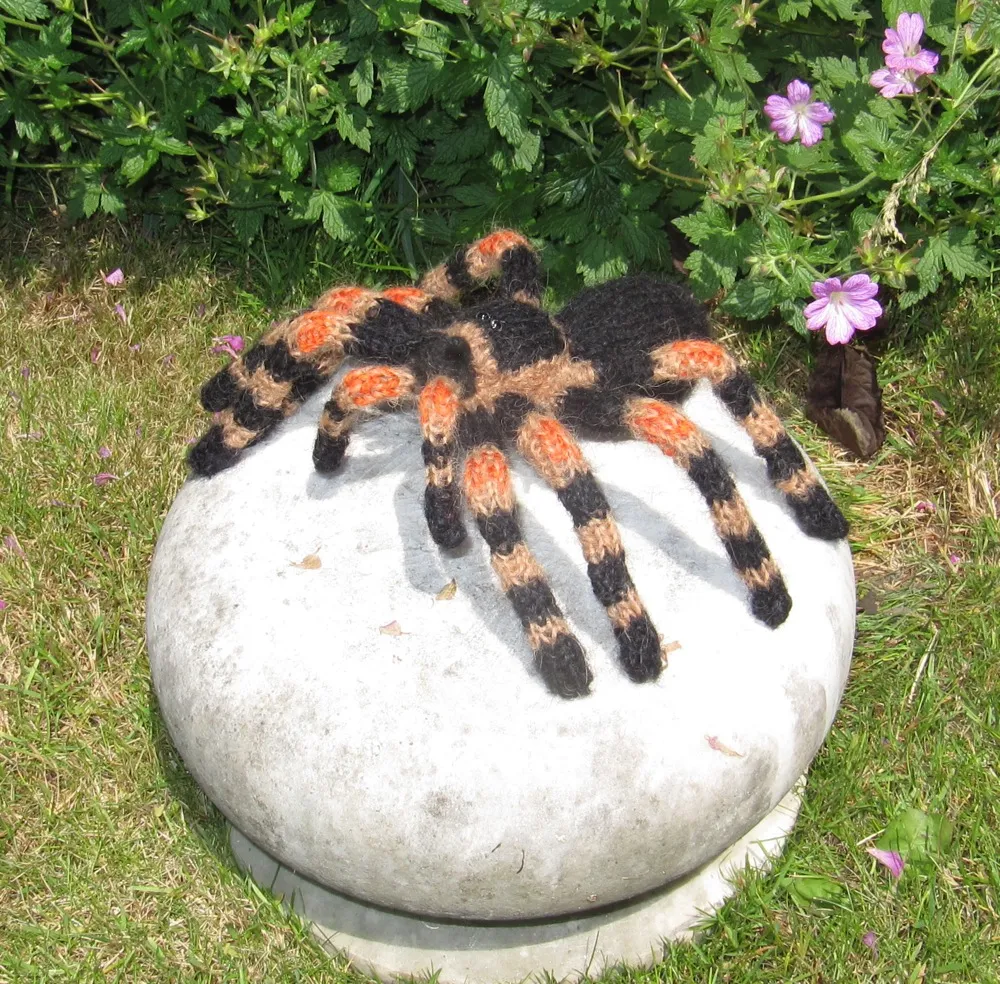
Monitor your tarantula for signs of illness, such as loss of appetite, lethargy, or unusual postures. Maintain a clean enclosure to prevent the development of health problems. Provide fresh water regularly, and make sure it is accessible. Consult with a veterinarian or experienced arachnid keeper if you observe any changes in your tarantula’s behavior or health. Early detection and intervention can prevent serious problems. Furthermore, this also promotes a safe and healthy environment for both you and your tarantula.
